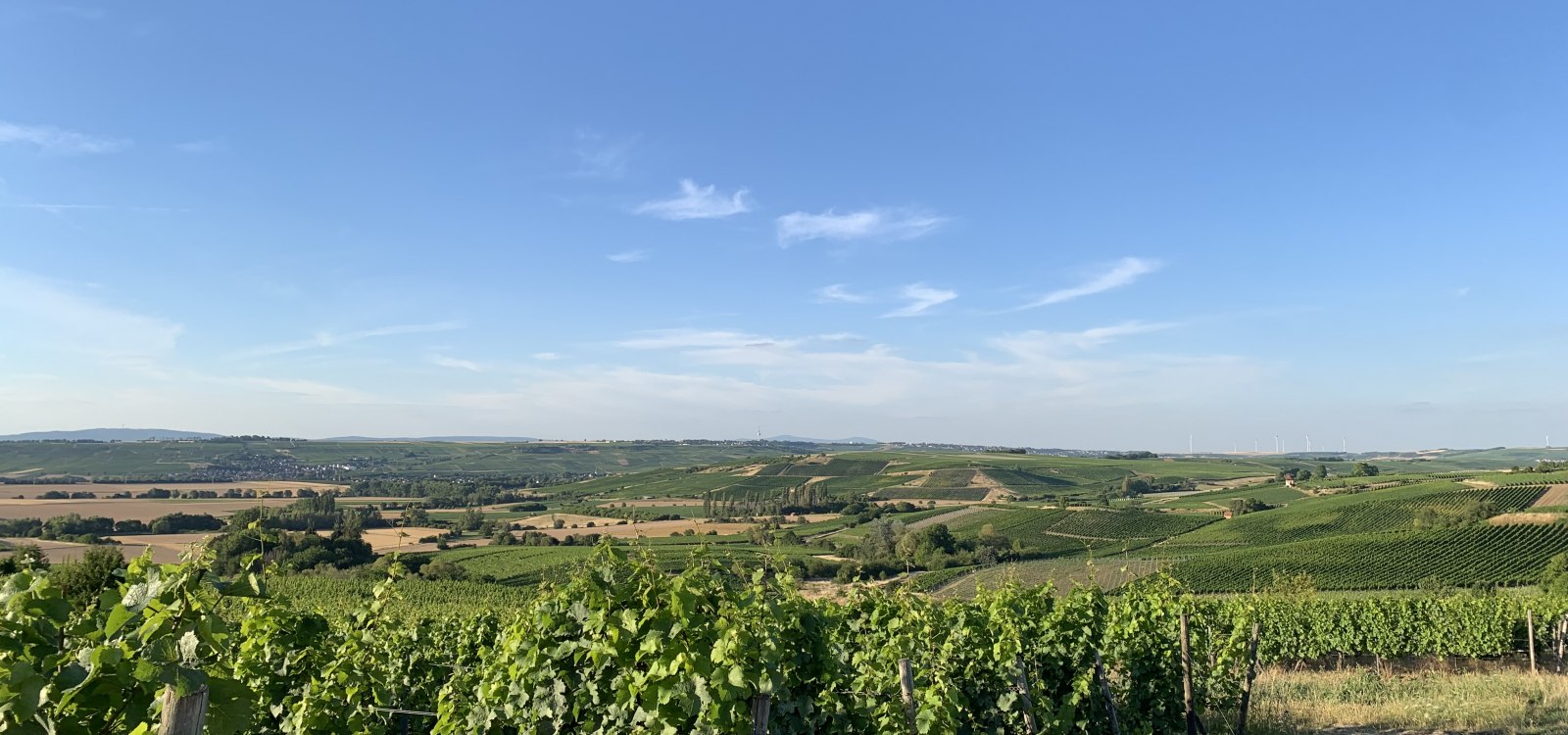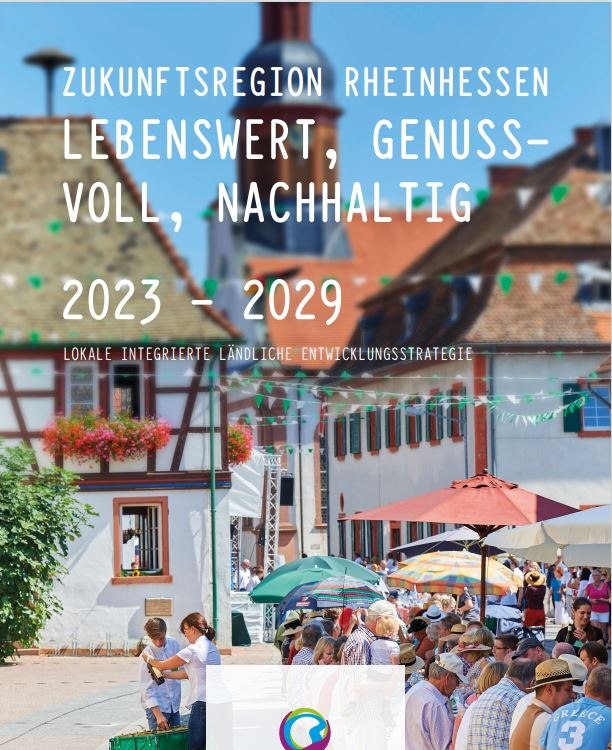One of the greatest strengths of the region lies in its characteristic landscape quality, which was explicitly emphasized by all those involved in the LILE process.
This quality of the cultural landscape can only be maintained if agriculture can act economically in its role as landscape conservationist.
A cultural landscape with quality is at the same time the basis for biodiversity and the preservation of typical and rare species. However, measures to safeguard this quality and reduce further negative impacts on nature and the environment can only be successfully implemented and perpetuated if sustainable solutions are found for the people of the region in everyday life.
Accordingly, all activities should be well coordinated with each other, so that double structures can be avoided and synergy effects can be exploited. Networking and cooperation between agriculture, the environment and nature conservation and municipalities plays a key role in this.
The field of action is again subdivided into the following sub-action fields
4.1 Agricultural structure
Exemplary project areas:
- DLR projects (land consolidation and economic road construction)
- Small-scale economic route concepts
- Information materials on zoning and economic construction
4.2 Landscape management
Exemplary project areas:
- Art in the countryside
- Landschaftspflegetag
- Information events on landscape and conservation value
- Information material on the importance of the cultural landscape, image brochure
- Nature education, place of learning farm
- Concept for the meaningful conservation, installation and care of non-cultivated areas and biotopes as well as their implementation
- Reactivation of a landscaping association
- "Good-conduct" - Fiebel for compensatory measures




